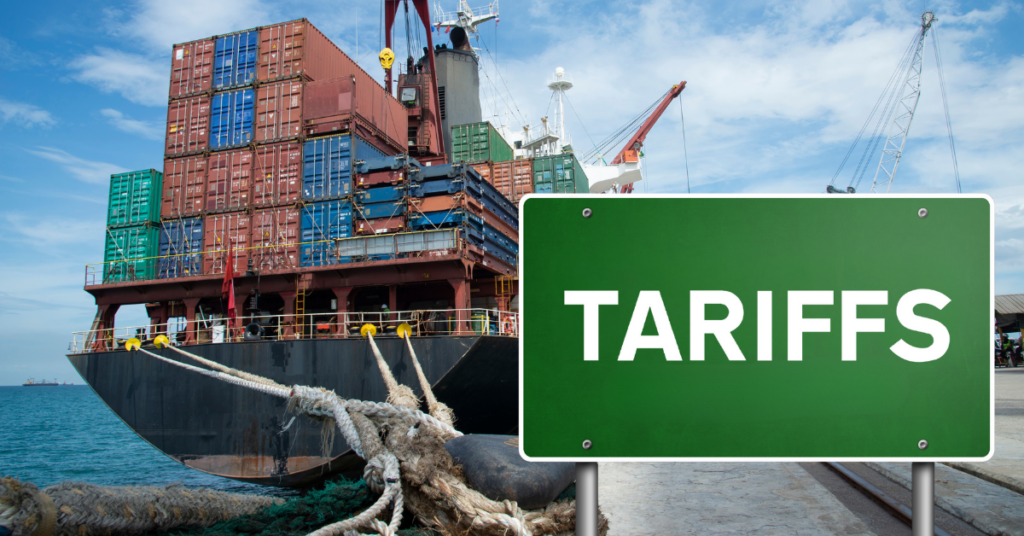If you’re a small business exporting to the USA, these tariffs aren’t just political headlines — they’re a real and tangible change to your export costs.
So, what steps can you take to minimise the impact on your bottom line?
Why has President Trump introduced these tariffs?
As part of his ‘America First’ economic strategy, President Trump has implemented broad tariffs across all US trading partners.
These tariffs build on his earlier trade policies, aimed at putting pressure on partners to negotiate more favourable terms for American industries.
While the goal is to reinvigorate American manufacturing and reduce the country’s reliance on imports, economic commentators remain divided on how effective this approach will be.
What tariffs have been announced?
A blanket tariff of 10% has been applied to all foreign trading partners. This is the base tariff that the USA’s most valued trade partners will pay for 90 days from 10 March 2025.
Even a 10% tariff can have a significant effect on your export costs.
What could the impact be on your bottom line?
When you’re already factoring in production, shipping, and delivery expenses, an additional 10% can seriously squeeze your margins.
Some of the potential impacts include:
- Reduced competitiveness and profitability
Higher prices in the US market could force tough choices: absorb the tariff to stay competitive or pass the cost to customers and risk losing sales.
- Increased administrative and financial burden
Managing tariff compliance adds to your workload, while upfront tariff payments could put pressure on cashflow before any US revenue is received.
- Market uncertainty and planning difficulties
Ongoing volatility in US trade policy makes forecasting and planning for the US market much harder.
- Disruption to your supply chain
Tariffs on components sourced internationally may push up production costs across your entire supply chain.
- Reduced sales and contract challenges
US customers may cut order volumes, and existing contracts could need renegotiation to decide who covers the extra costs.
Talk to us about minimising the impact of US tariffs
If you’re concerned about the impact of these tariffs on your export strategy, we’re here to help. We can work with you to scenario-plan and find practical ways to minimise the effect on your US revenues.
Some potential strategies include:
- Setting up US-based operations for the final assembly of your products, reducing the tariff on finished goods.
- Adjusting pricing strategies — absorbing tariffs on highly competitive products while increasing margins on unique offerings.
- Exploring alternative export markets beyond the US to diversify your risk.
- Reviewing your supply chain for cost efficiencies, such as alternative sourcing or consolidated shipping.
- Making use of government export support programmes and trade finance options.
Book a meeting with us to discuss tailored solutions for your business.



